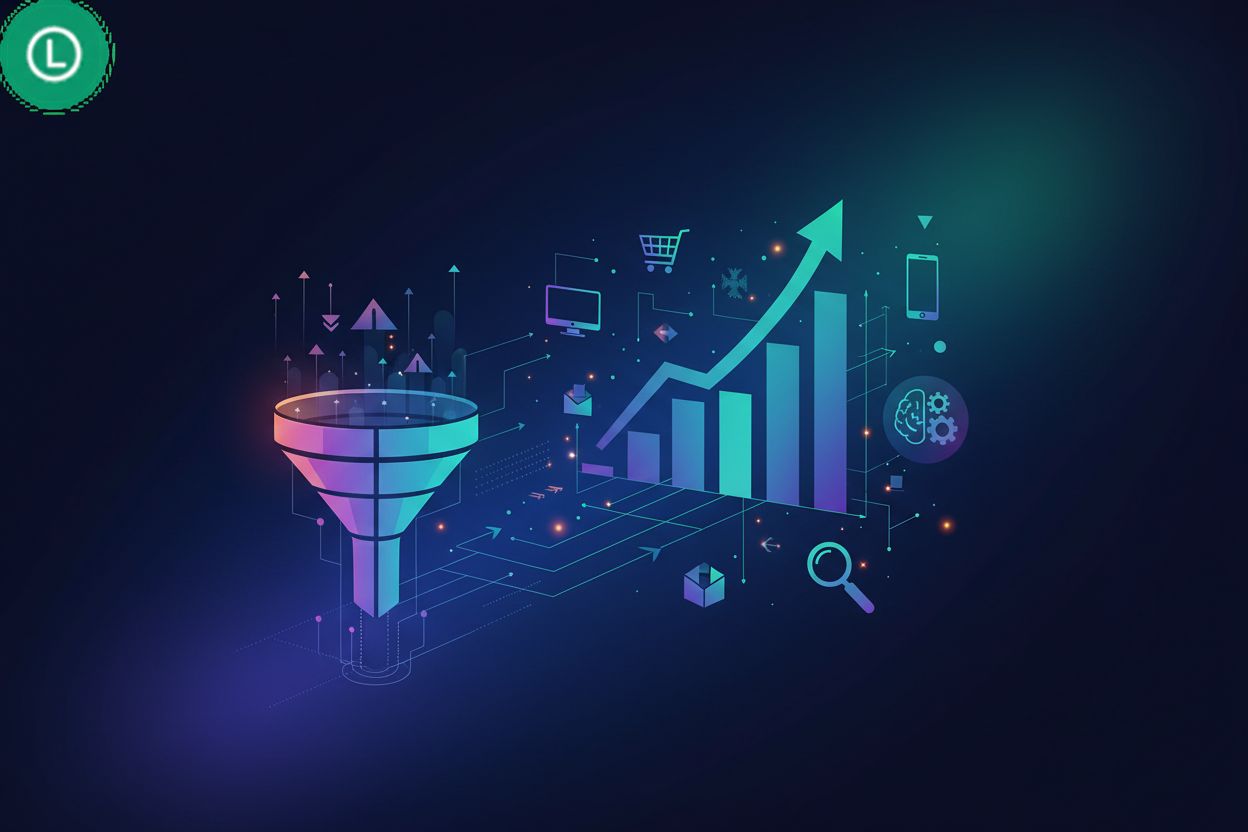What is the Most Effective Mouse Tracking Method?
TL;DR
Understanding Mouse Tracking: Why It Matters
Mouse tracking? It might sound a little creepy, right? Actually, it's a game-changer for understanding what users really do on your site. Here's why it's important:
- It shows where people click, move, or scroll, highlighting usability problems. (Visualize User Behavior With Click, Scroll, and Move ...)
- It helps improve user experience (ux), which leads to higher engagement. (How Can Good UX Design Improve User Engagement? - Medium)
- It supports conversion rate optimization (cro) by spotting drop-off points. (What is conversion rate optimization (CRO)? - Optimizely)
Think of it as peeking over your customer's shoulder—ethically, of course! Next, we'll dive into the basics.
Popular Mouse Tracking Methods: A Detailed Look
Okay, mouse tracking methods, huh? It's kinda wild to think about how many options there are, isn't it? Let's break down some of the biggies.
Heatmaps are basically visual representations of user behavior. Think of it like a weather map, but instead of temperature, it's showing you where users are clicking, moving their mouse, or scrolling. The "hotter" the area (usually red or orange), the more activity it's getting. Cool? Yeah, I think so.
- Click Heatmaps: These show you exactly where people are clicking on a page. Super useful for seeing if users are trying to click on something that isn't a link. For example, a healthcare provider might use this to see if patients are struggling to find the appointment scheduling button.
- Move Heatmaps: These track where users are moving their mouse, which can indicate where they're paying attention. It's not perfect – people move their mouse all over the place, sometimes just randomly, or to read text. This can make it hard to pinpoint exactly what they're focused on, unlike a click which is a definitive action. A retail site might use this to see if users are hovering over product images before adding them to their cart.
- Scroll Heatmaps: These show how far down users are scrolling on a page. This is crucial for figuring out if people are actually seeing your key content. If your call-to-action is at the bottom, and nobody's scrolling that far, you got a problem!
Session Recordings are like watching a short movie of a single user's visit to your site. You can see their mouse movements, clicks, typing, and how they navigate from page to page. This gives you a really granular view of their experience, letting you spot confusion, frustration, or unexpected behavior.
So, what kind of intel can you actually get from these things? Plenty!
- Identifying Popular Elements: Heatmaps highlight which elements on your page are getting the most attention. Maybe it's a specific product image, a catchy headline, or a well-placed button.
- Areas of Disinterest: On the flip side, they also show you what people are ignoring. Maybe a block of text is too dense, or a graphic is too distracting.
- User Flow Analysis: Session recordings let you see the path users take, revealing where they get stuck or take detours.
Let's say you're running an e-learning platform. You use a heatmap and notice that users are clicking all over your course description page, but not on the "Enroll Now" button. That's a clear sign that the button isn't prominent enough, or the description isn't compelling enough to drive sign-ups. You tweak the design, make the button bigger and brighter, rewrite the description to highlight the course benefits then bam, enrollments go up. See? Easy peasy.
Heatmaps are a solid starting point, but they're not the whole story. Clickmaps, for instance, give you a more precise view of actual clicks compared to the general attention shown by move heatmaps.
Choosing the Right Method: Factors to Consider
Choosing the right mouse tracking method? It's kinda like picking the right wrench for a job, you know? You wouldn't use a pipe wrench on a tiny bolt, right? Same deal here.
- Defining Your Goals: First, what's the goal? Improve conversion rates? Better ux? Student Study Guide says, clear goals are key for retailers. If you want to see if people see your call-to-action? Scroll maps. Button performance? Clickmaps. Want to understand why users aren't converting? Session recordings are gold.
- Website's Needs: Think about your site, too. A simple blog is different from an e-commerce monster. More complex, more traffic? You'll probably need more detailed data.
- Actionability of Data: Some methods give you broad strokes (heatmaps), while others give you the nitty-gritty (session recordings). Consider what kind of insights will actually lead to changes you can make.
It's a balance. You don't want to drown in data, honestly.
Implementing Mouse Tracking: Best Practices
Alright, so you're diving into implementing mouse tracking? It's more than just slapping some code on your site, honestly.
- First off, setting up the right tools is key. Popular options include Hotjar, Microsoft Clarity (which is free!), and Crazy Egg. You need to be spot on with the settings to grab the data that matters. For example, with Hotjar, you can set up specific "recordings" for certain pages or user segments, or define which elements you want to track clicks on. With Clarity, you can easily toggle heatmaps and session recordings on or off.
- Then, you gotta think about data privacy. YouTube shows how some companies are failing here. It's not something that you can skip over. Make sure you're not collecting personally identifiable information (PII) unless absolutely necessary and with explicit consent.
- Finally, remember those gdpr rules; don't get caught out, yeah? Be transparent with your users about what data you're collecting and why.
Now that we've covered how to set things up, let's look at how this all plays out in the real world.
Real-World Examples: Success Stories
Mouse tracking ain't just theory, folks. It's got some serious real-world oomph. Let's see how it plays out.
- Landing Page Optimization: Imagine a company, say, an e-commerce site, uses heatmaps. They see peeps are clicking everywhere but the "Add to Cart" button. What gives? Turns out- the button blends in. They make it pop, maybe with a brighter color or a bolder font. Boom! Conversions go up. It is that easy.
- Usability Issue Detection: Session recordings? These things is gold. A fintech company watches users struggle through their checkout. Too many fields, confusing instructions... Users are rage-clicking everywhere! So, they simplify the form, add tooltips, and suddenly, cart abandonment plummets. Customer satisfaction? Sky high.
- Content Effectiveness: A news website uses scroll maps and finds that a significant portion of their articles isn't being read because it's below the fold. They restructure their content, break up long articles, or move key information higher up, ensuring readers actually see the important stuff.
These are just a few examples and there are many more.
Mouse tracking: it's not just about watching; it's about understanding and improving.
Conclusion: Maximizing Website Performance with Mouse Tracking
Wrapping up, huh? Mouse tracking might seem like a small thing, but it can seriously boost your website's performance.
- It gives you the lowdown on how users navigate your site, pointing out any snags.
- Different tracking methods got different strengths. Heatmaps are great for seeing where people click most, while scrollmaps show if they even see your calls to action. Clickmaps give you a precise view of actual clicks, and session recordings let you dive deep into individual user journeys.
- Don't just set it and forget it! Keep analyzing that data. Adapt. Iterate. That's how you get conversions up and make your site a winner. As YouTube shows, data privacy is key too, so tread carefully.


